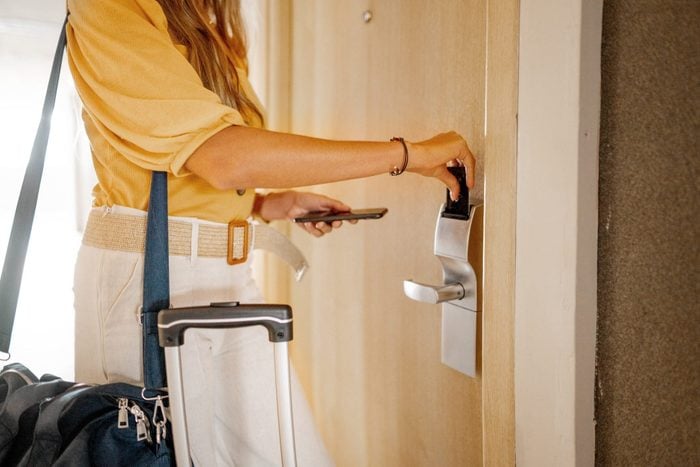
A bad hotel can ruin your vacation
Years ago, when I first started traveling extensively for my job, I learned an important lesson: The place you stay can make or break your entire trip and color your memories of a destination in a positive or negative way. Case in point? My first trip to Edinburgh was spent in a freezing youth hostel, where we piled our clothes on top of us to keep warm at night. It wasn’t until I visited again years later and didn’t stay at a bad hotel that I started to warm up to that city!
Accommodations don’t have to be five-star in order to be enjoyable and welcoming—modest hotels and motels (and yes, even youth hostels if you’re traveling on a tight budget) can provide great service and comfortable rooms. But, oh, the bad ones. Whether it’s run-down rooms and absent amenities, snitty staff or some of the gross things hotels do to save money, a bad hotel will leave a bad taste in your mouth for years to come.
But just like the warning signs of bad restaurants, bad hotels often sound alarm bells in advance. To help you avoid, or at least prepare for, a less-than-pleasant hotel stay, we asked travel experts to weigh in on the top red flags that you’re about to stay at a bad hotel. It may be too late to cancel your reservation, but at least you can check your expectations at the door. Of course, once you’re there, remember to be a good guest by refraining from these things you shouldn’t do in a hotel room.
Get Reader’s Digest’s Read Up newsletter for more travel, humor, cleaning, tech and fun facts all week long.

The photos look fake or generic
You may not realize a hotel is iffy until you arrive, but you can minimize the chances of that happening by looking before you book. Check out the photos on the hotel’s site with a discerning eye. “Hotels with a good reputation and nothing to hide will ensure that the quality of their photos is professional, accurate and not overly edited,” says Janet Semenova, co-founder of Boutique Travel Advisors. “Hotels whose photos are misleading or heavily photoshopped generally have something to hide.” You can also avoid Airbnb scams this way. Pro tip: Look for gradient lines, which indicate that colors were touched up.
And don’t stop there. Also compare the website’s images with photos from real guests on travel review sites. If you notice discrepancies, there’s a good chance it’s a sign of a bad hotel, and you shouldn’t ignore it.
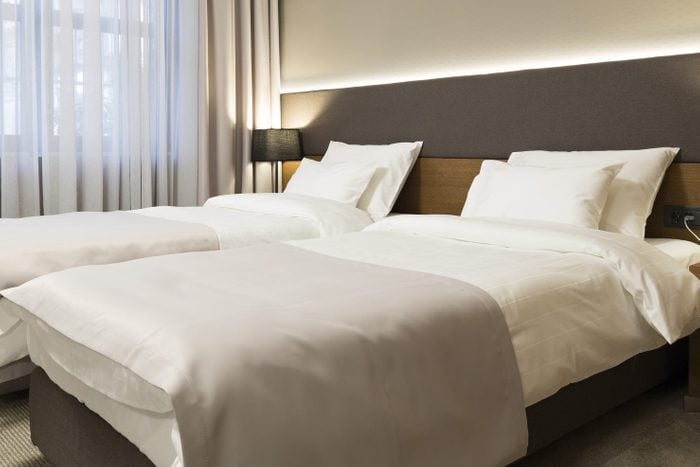
The mattresses look uncomfortable
When I’m researching hotels online, my top red flag in hotel photos are bad mattresses. You know, the ones with the sharp corners, cheap-looking bed covers, sagging middles and pancake-flat pillows? If the mattress looks uncomfortable in photos, just imagine what it’s going to be like to sleep on. It’s already difficult to get a good night’s sleep in a strange bed—you’re at least entitled to a decent mattress and pillows! I look for photos that show neatly made beds with clean-looking covers, “plump” and inviting-looking mattresses and abundant pillows that ensure you’ll have options for resting your tired head.
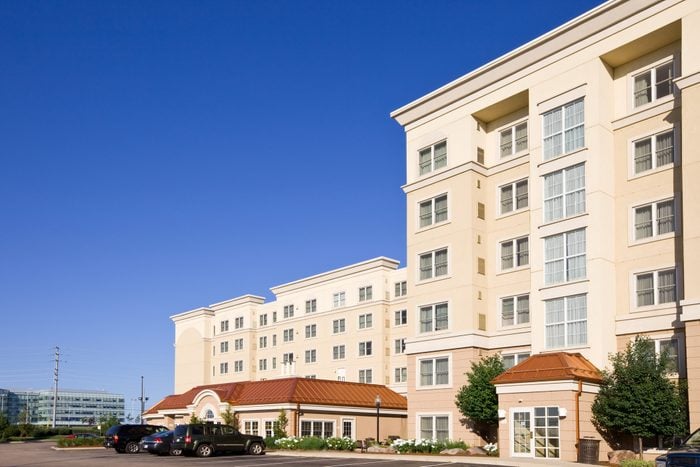
Key photos are missing
It’s not just what you do see in hotel photos that matters—look for what’s not there too. If the website only shows photos of the exterior of the hotel or all-inclusive resort, there’s almost definitely a reason that there are none of the inside. Even leaving out photos of a significant aspect of the rooms (think: the bathrooms or the beds) can be a red flag. And several photos of the same room or reception area, taken from different angles, means the hotel is pretending to be something it’s not. I’m also wary of close-up photos of room or hotel details, like an image of bathroom amenities or a bouquet of flowers, when the “big picture” images are scarce.

All the good reviews are old
You want to know what’s happening at that hotel right now, so old reviews aren’t necessarily going to tell you much. And this goes for the positive reviews in addition to the negative ones—even the most glowing reviews can’t be taken at face value. “The date of a review is just as important as the review itself,” notes travel writer Cassandra Brooklyn. “A hotel may have stellar reviews, but if they’re all more than six months old, something dramatic may have changed since then.” Even if the hotel’s overall rating is high, it’s a big red flag when the majority of recent reviews are negative. You’ll also want to watch out for this red flag at hair salons and, of course, restaurants.

The hotel fires back at negative reviews
A couple of negative reviews need not completely turn you off a hotel, particularly if the guests’ complaints seem overly picky or are regarding things you don’t care about (like the view). “There will always be complaints or misunderstandings, so that in itself isn’t a reason to think the hotel is necessarily bad,” says travel blogger Jurga Rubinovaite. What is a red flag, though, is an unprofessional reaction to a negative review. For instance, Rubinovaite says you’ll want to take note “if they don’t show concern about what happened or if their responses are rude.” That’s indicative of how they value and treat their guests. Sadly, these two hotel chains have the worst reputations in the industry.
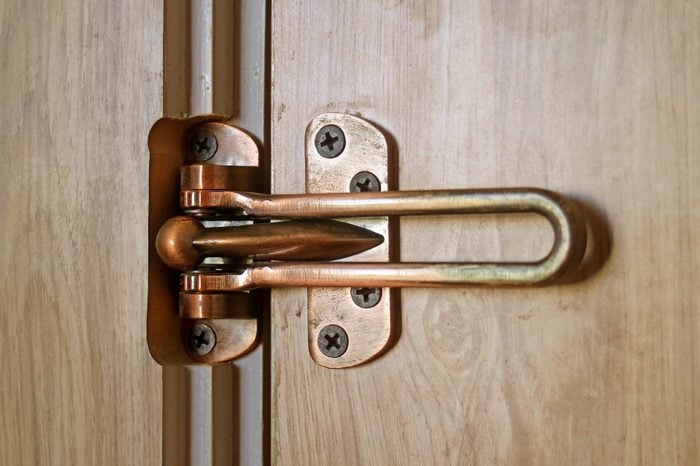
Safety measures are lax
Anyone should be able to request, in advance, a room on an upper floor or a room with no balcony or exterior door. But these safety features are especially important for women traveling alone. If the hotel won’t accommodate your request (though in fairness, some motels and low-rise properties may not be able to), keep scrolling.
Unfortunately, some warning signs are apparent only after you’ve walked through the door. Travel writer Nicole Trilivas sees red (flags) when the reception staff say her room number out loud as she checks in. “Good hotels know to be discreet,” she says, “especially as it’s a safety issue for me when I’m traveling alone.” Travel writer Sunny Fitzgerald also always inspects her hotel-room door. “If the deadbolt on your room shows visible signs of tampering or damage,” she says, “ask for a new room or find a safer hotel.”
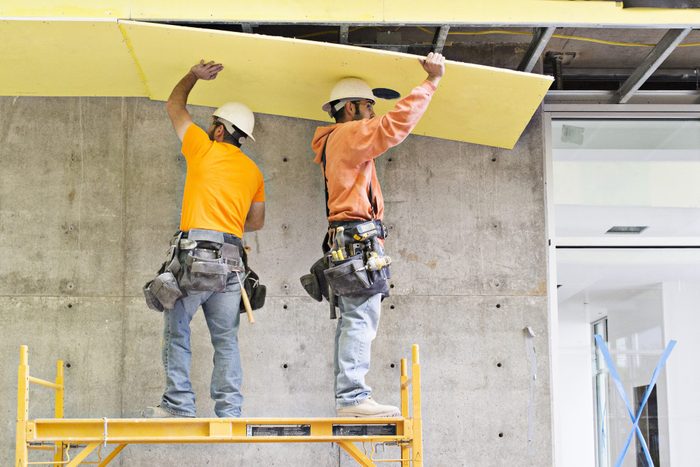
There’s ongoing construction or renovations
Hotels may periodically renovate or expand, but they need to let guests know in advance, usually with an announcement on the website. Here’s where it pays to use Google Maps and search for recent photos, including street-view shots. If you see signs of scaffolding or other construction work, including road work, either at the hotel or nearby, check the date of the photo. If it’s recent and the construction is ongoing, be prepared for an early wake-up call and no afternoon naps! “That fun noise may start at 6 a.m.,” says travel writer Jennifer Ceaser, and last all day.
If you have any doubts, call the hotel and ask about the current situation. If they share that there’s ongoing construction work, ask for an upgrade to a quieter room farther away from the fracas. And if they don’t disclose the possibility of construction noise and disruptions, you’ve got grounds to ask for a refund or a discount.

The price just doesn’t seem to fit
“If a price looks too good to be true, it probably is,” warns Leona Bowman, a luxury travel blogger at Wandermust Family. “If you are getting a five-star hotel at a two-star hotel price, it is worth doing some more investigating.” Many hotels are now doing “dynamic pricing,” or charging higher rates when demand is high, and vice versa when demand is low. So if you find a hotel with unusually low prices in high season, your bad-hotel Spidey sense should kick in.
Brooklyn recommends taking a quick look at the price of other, similar hotels in the area to see if the charge seems reasonable. “If the hotel is much cheaper than surrounding hotels with similar amenities, there’s probably a reason that the hotel can’t charge higher … [such as] terrible service,” she says. Here’s how to get a good rate on a hotel that you can trust.
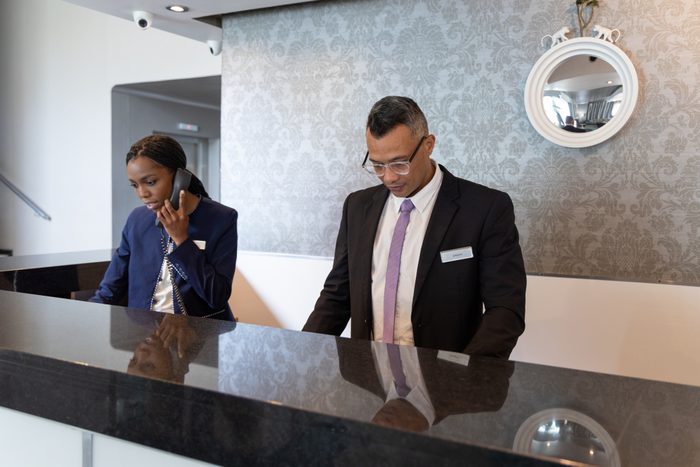
The hotel has a late check-in and early check-out
There’s nothing like arriving to a hotel after a long drive or flight and finding that you can’t access your room yet, due to the hotel’s late-afternoon check-in policies—some of which can go as late as 4 or 5 p.m. While this might not be the sign of a truly “bad” hotel, it is a red flag that they’re not putting guests’ comfort first. Couple this with an early check-out time of 10 or 11 a.m., and you’re paying big bucks to occupy a room for just 15 to 16 hours. Plus, early check-outs are annoying and inconvenient. “Any hotel that makes guests check out at 10 or 11 a.m. is a bad hotel in my book!” says travel writer Marla Cimini.
If your room isn’t ready when you arrive, at minimum the hotel should be able to offer a place to freshen up, as well as free luggage storage. And they should call or text you if your room is ready early. For late check-outs, make sure to ask 24 hours in advance, and be aware that some hotels will charge for that extra hour you want to remain in the room.
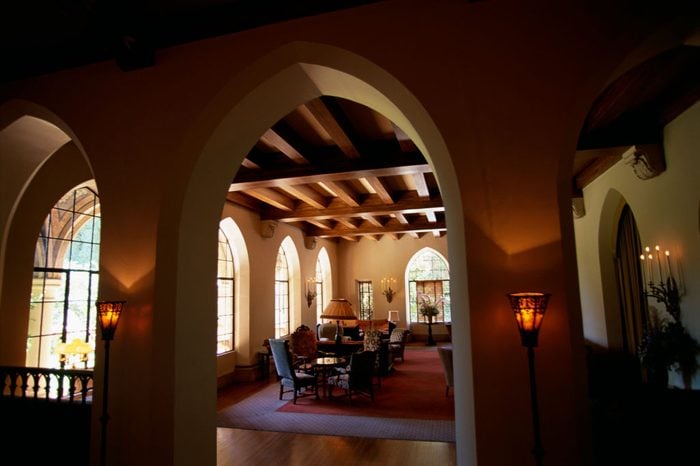
Common areas appear poorly maintained in photos
If a hotel common area looks dark in website photos, that might be intentional. Dark lighting can hide a multitude of sins, such as frayed and stained carpeting, scuffed walls and worn-out furnishings. Also watch for dirty amenities (both in hotel photos and those posted by guests), such as a pool that’s green, moldy or “closed for maintenance.” These are red flags that management doesn’t care, is in over their heads or both. This is especially disappointing when you booked the hotel especially for this amenity—like, for instance, a steam room for relaxing or a pool for the kids. That said, you should be aware that some amenities are disappearing from hotels altogether.

Breakfast is stingy
While many hotels had to switch to pre-packaged goods during the pandemic (and some eliminated breakfast service altogether), those health and safety restrictions have largely been lifted, which means we can go back to fresh croissants! But first, you’ll want to make sure the hotel’s offerings are all you’re hoping for. Before you book, pay close attention to guest photos—not management’s photos—of the breakfast area. “If it consists of just one small counter with a few packaged cereals, instant coffee, cream in a powder form and disposable plates and utensils, you should adjust your expectations accordingly,” says Fitzgerald. If you can’t switch hotels, she adds, “plan to order delivery or go out for fresh food and good coffee.”
And if you’re already committed to the hotel breakfast, we’d caution you to avoid any items on the breakfast buffet that look past their prime. Think: dried-out pastries, fruit that doesn’t look fresh or any cooked items that look like they might be yesterday’s leftovers.

The hotel has dodgy payment and refund policies
If a hotel’s payment and cancellation policies are far more rigid than those of its competitors, it may be a sign of a business that’s not trustworthy. While it’s quite normal for a hotel or online booking agency to require a credit card to reserve a room, it’s less common for a hotel to charge you for all or part of your stay upfront. Typically, the credit card is there in the event you’re a no-show, in which case, one or more nights of your stay will be charged to the card, in accordance with their cancellation policies. But when a hotel charges you in advance and has a no-cancellation, no-refund policy, then it’s buyer beware. “With both those things,” says travel writer Valentina Valentini, “if they require payment up front but don’t allow cancellations, I’m outta there.”
In all cases, you should review a hotel’s cancellation policies before you click through with your payment info. Lower nightly rates may be non-refundable and non-cancelable, so book these only if you’re 100% sure you’ll be making that trip.

The drive-by disappoints
If you’re on a road trip or just like to travel with spontaneity, you may prefer to choose your hotels as you go—say, by pulling off the highway and seeing what you can find. But you can start telling the good hotels from the bad hotels before you even step out of the car: Are the signs neat and orderly, with no neon letters burned out or missing? Julie McCool, a travel blogger in Fairfax, Virginia, suggests that travelers pay attention to these literal signs. “If the hotel won’t maintain the first branding you see, they may be ignoring maintenance issues throughout the property,” she tells Reader’s Digest.
Be sure to check the grounds too. If there’s a lawn, is it neatly mowed? Is the parking lot clean? Does the building itself look well-maintained, or does it need a power-washing and a good coat of paint? If the outside of the hotel looks shabby, keep driving—there’s zero reason to expect that the inside will look any better.
Additional reporting by Meghan Jones.
Sources:
- Janet Semenova, co-founder of Boutique Travel Advisors
- Cassandra Brooklyn, travel writer and founder of Escaping NY
- Jurga Rubinovaite, travel blogger at Full Suitcase
- Nicole Trilivas, travel writer
- Sunny Fitzgerald, travel writer
- Jennifer Ceaser, travel writer
- Leona Bowman, luxury travel blogger at Wandermust Family
- Marla Cimini, travel writer
- Valentina Valentini, travel writer
- Julie McCool, travel blogger at Fun in Fairfax VA
